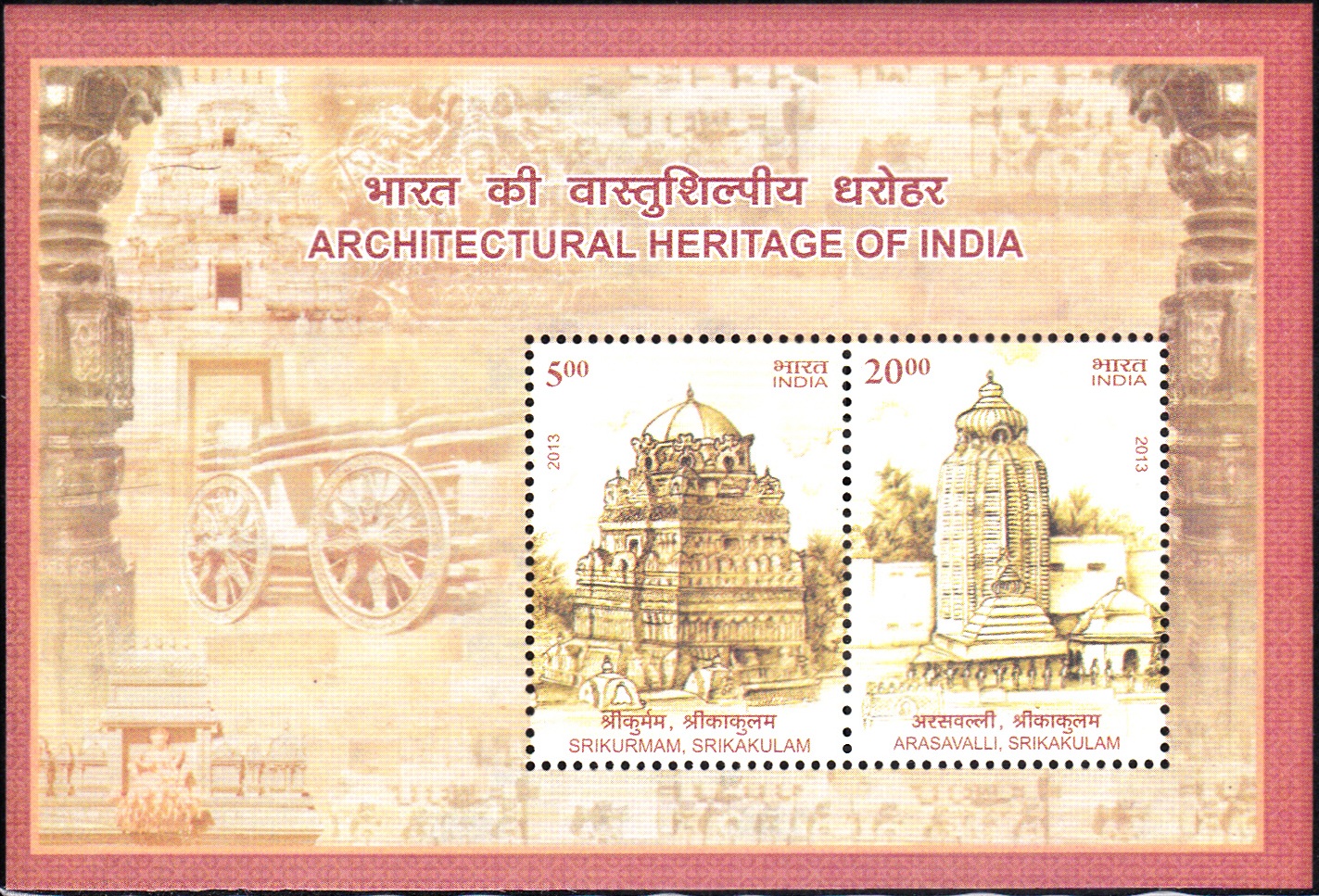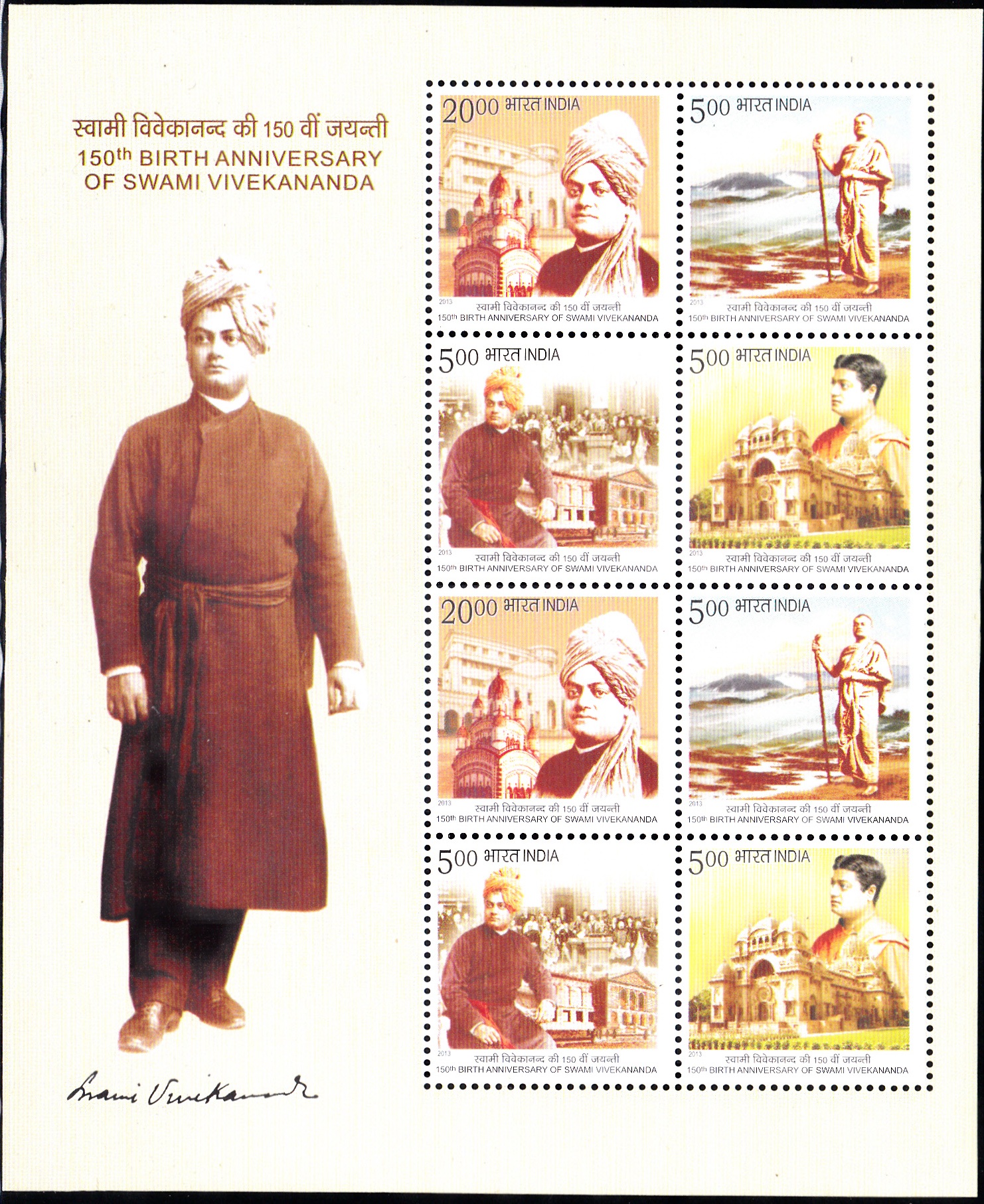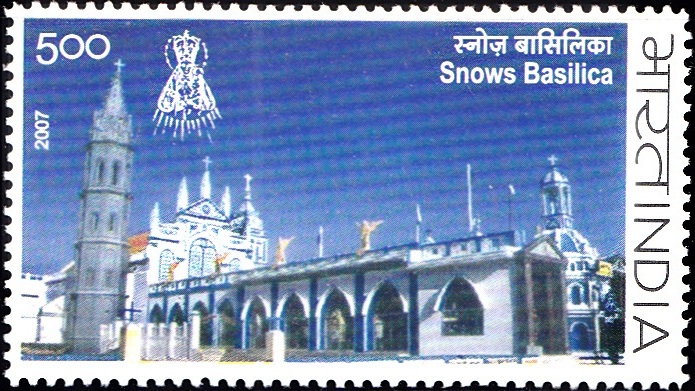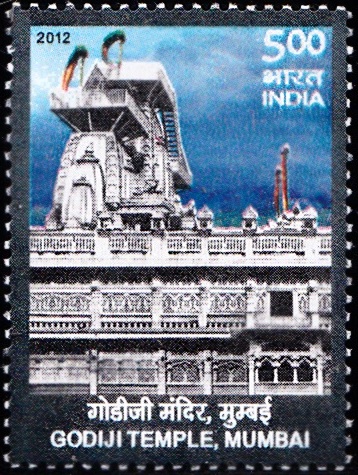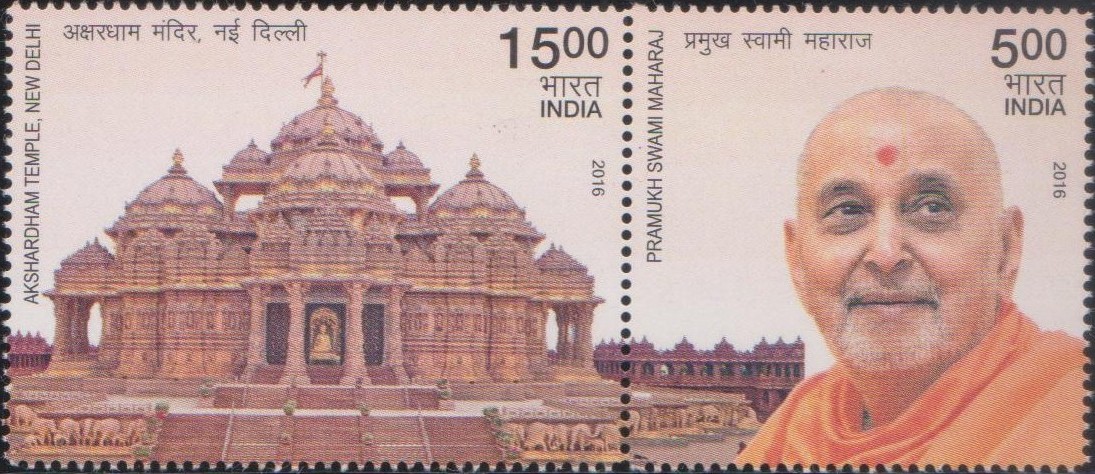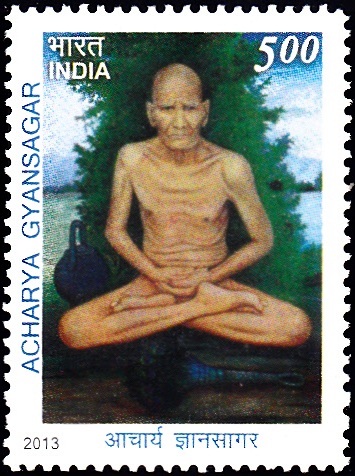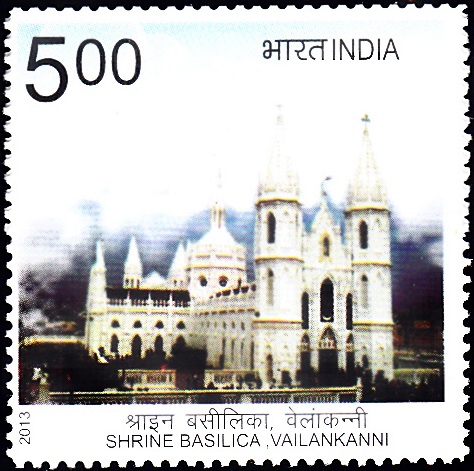
Shrine Basilica, Vailankanni
A commemorative postage stamp on the Shrine Basilica of Our Lady of Good Health, a Marian shrine at Velankanni, Tamil Nadu, South India :
Issued on Jan 22, 2013
Issued for : Department of Posts is happy to release a Postage Stamp to commemorate the Golden Jubilee Year of the Shrine Basilica of Velankanni, Nagapattinam district, Tamil Nadu.
Credits :
Stamp/FDC : Gulistaan
Cancellation : Nenu Gupta
Type : Stamp, Mint Condition
Colour : Multi colour
Denomination : 500 Paise
Stamps Printed : 0.5 Million (0.18 Million for the proponent)
Printing Process : Wet Offset
Printer : Security Printing Press, Hyderabad
About :
- The Shrine Basilica of Our Lady of Good Health, Vailankanni is a Roman Catholic Church in Vailankanni, a hamlet on the sandy shores of the Bay of Bengal, in the State of Tamil Nadu. It is located 350 kilometers south of Chennai (Madras) and 12 kilometers south of Nagapattinam. It was raised to the status of an independent Parish in 1771.
- The history of the Shrine goes back to the 16th century when Mother Mary, Mother of Jesus is said to have appeared to a shepherd boy and to a milk vendor. In the 17th century Mother Mary is believed to have saved Portuguese sailors from a ship wreck in the Bay of Bengal. The grateful sailors built at Vailankanni, where they landed, a small shrine in honour of Mother Mary who they trusted granted them safety. The sailors adorned it with sacred image made of Chinese art. From that time onwards, this seat of devotion has become famous.
- Vailankanni was under the ecclesiastical jurisdiction of the Bishop of the Diocese of Mylapore (a suburb of Chennai). During that period, the Diocese of Mylapore was administered under the Portuguese ‘Padroado‘ (patronage). Under the Padroado system, the King of Portugal met all the expenses incurred by the Diocese of Mylapore, which remained under the ecclesiastical jurisdiction of the Roman Pontiffs.
- Until 1847, the priests of St. Franciscan Missionaries who had looked after the province of Goa and Mylapore also looked after Nagapattinam and Vailankanni. The Franciscan origin and ownership of the Shrine was also perpetuated, by giving the place of honor to two Franciscan saints, St. Anthony of Lisbon and St. Francis of Assisi, On either side of the miraculous image of ‘Our Lady‘, on the High Altar until 1961.
- The word ‘Basilica’ is derived from the Greek word ‘Basilike‘ and it originally signified a Royal Hall. In course of time, this word had come to mean a large and beautiful hall. Today, a Basilica is a consecrated Church usually built with the front facing the East, and generally constructed in one of the classical styles of architecture. It is now stipulated that a church, in order to be called a Basilica, should contain some work of art, or it should house the body of a saint or a celebrated image much venerated in the land, or be a pre-eminent place of pilgrimage.
- His Holiness Pope John XXIII, issued orders raising the Shrine to the exalted status of a Minor Basilica. Thus, the Shrine of Vailankanni became the Shrine Basilica of Vailankanni on 3rd November, 1962 and was linked to the St. Mary’s Major Basilica in Rome. Pope John Paul II declared this Shrine as ‘Lourdes of the East‘ in the year 2002 (after the famous Lourdes in France).
- The Basilica is built in the Gothic Style of architecture. The Basilica contains three chapels. The Lady’s Tank, Church Museum, Priest’s Residence, Offering Centre, Stations of the Cross, Stations of the Rosary and Shrine Mega Mahal are also frequented by pilgrims from across the country. The church is painted in white, except the roof which is made of red color tiles.
- In 1974-75, an extension of the Basilica was built behind the existing central altar to accommodate the multi-lingual pilgrims. The extension included a two storied church with a high dome and high gothic spirals.
- The Basilica draws nearly two million pilgrims each year from all over India and abroad. Prayers are offered in Tamil, Malayalam, Telugu, Kannada, Konkani, Hindi and English. The pilgrims include people of many faiths especially Hindus, Muslims and Christians of all denominations.
- Text : Marvin Alexander.
Subscribe
Login
0 Comments



